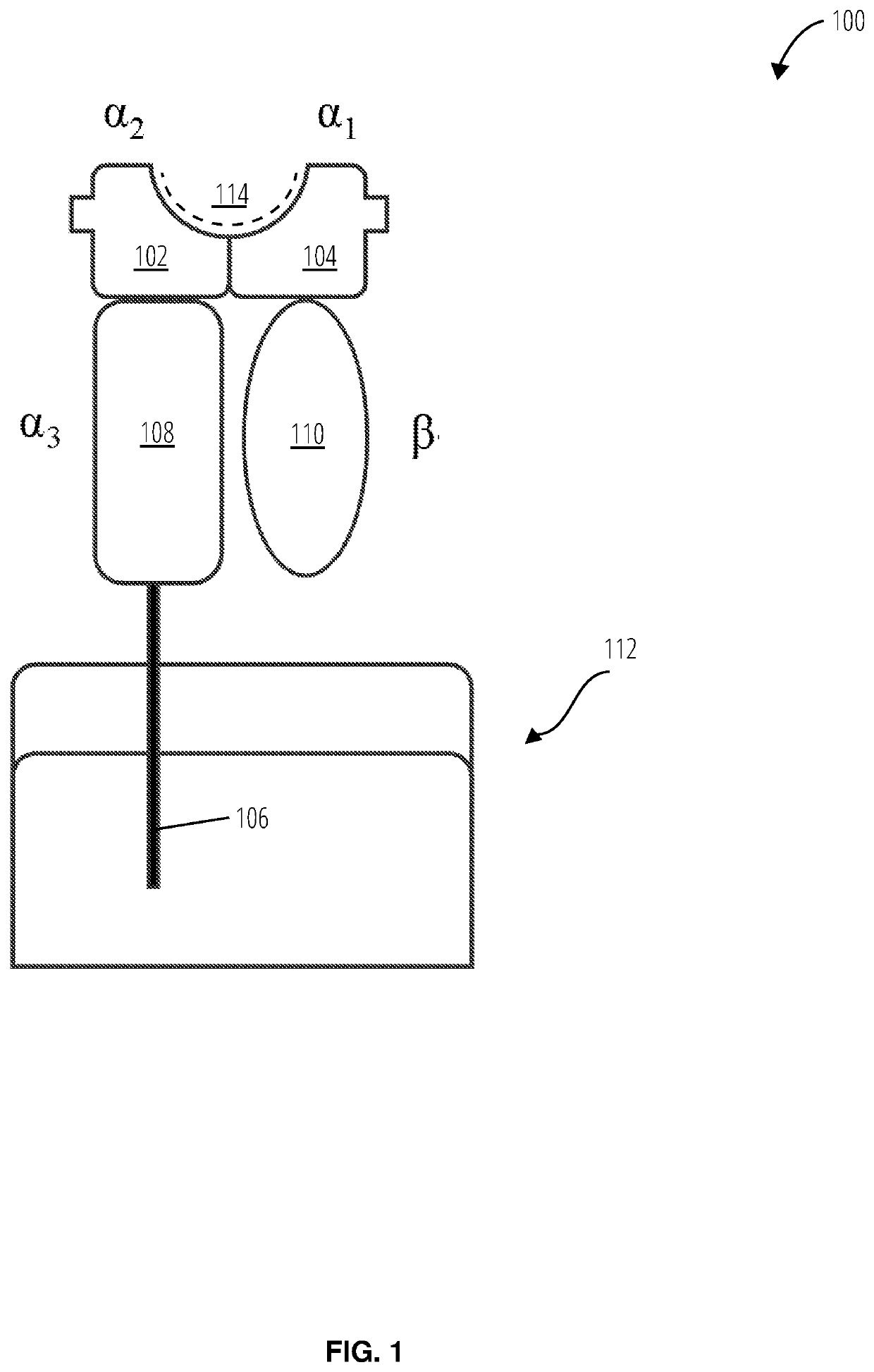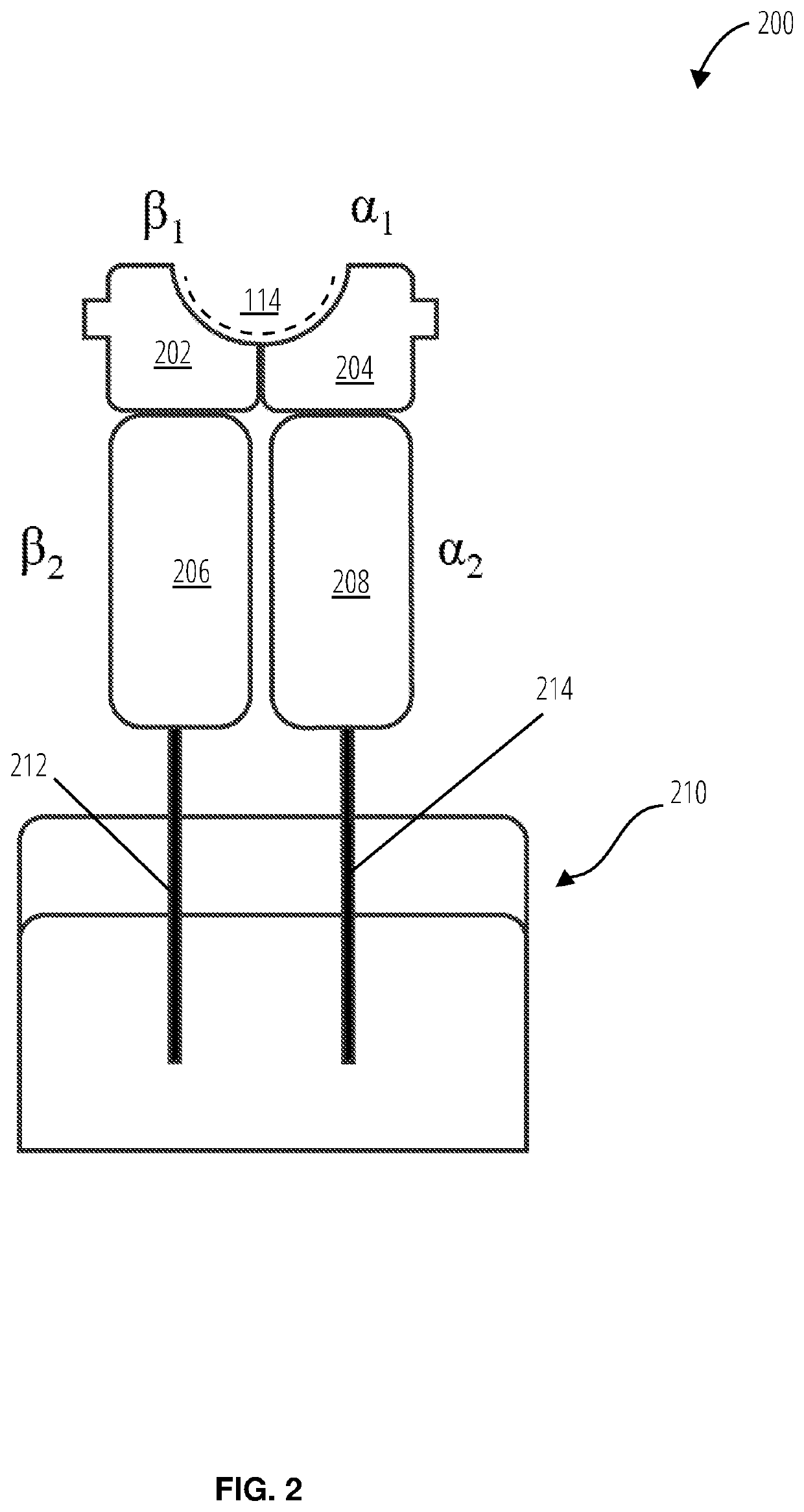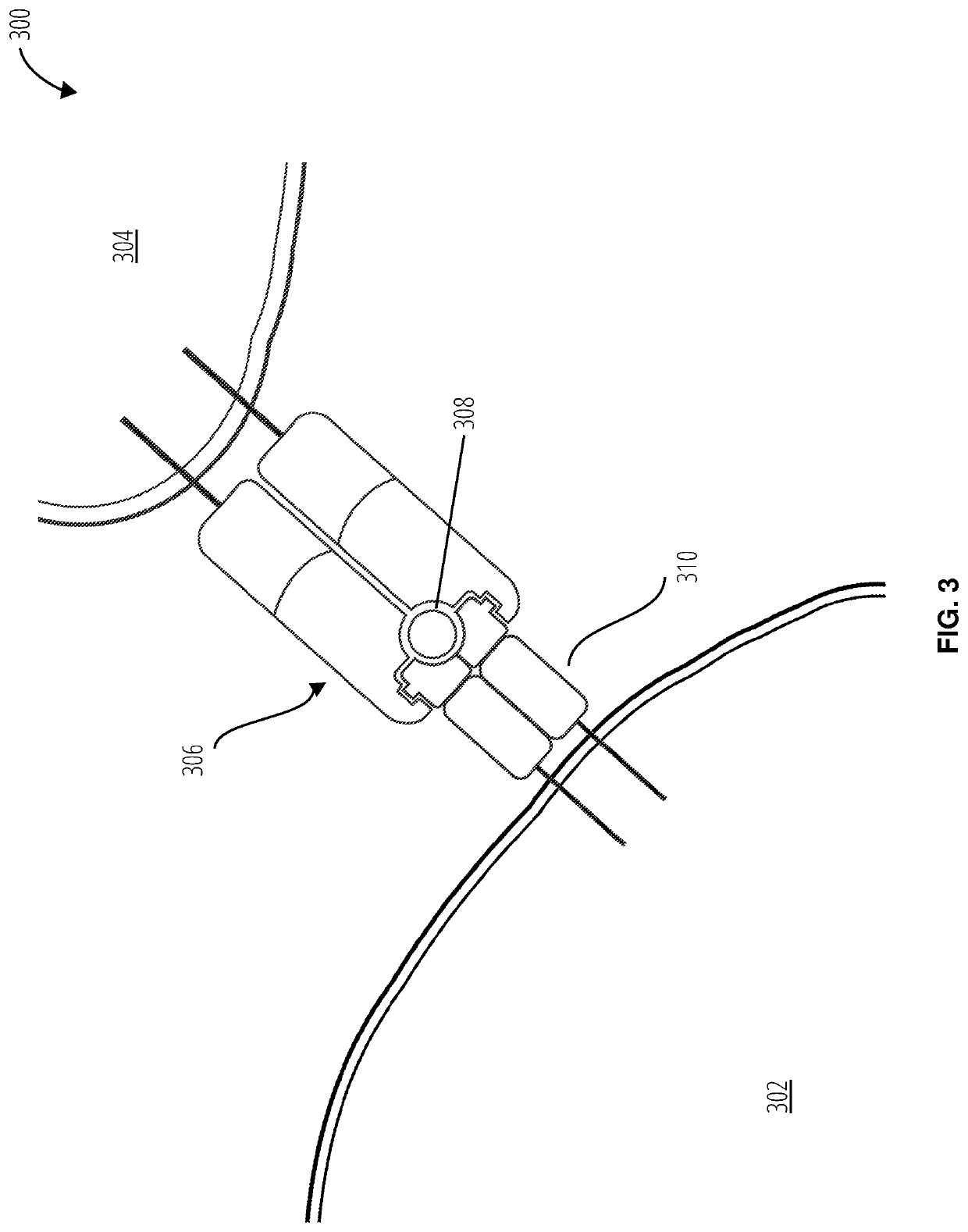Vaccine development methodology based on an adhesion molecule
a technology of adhesion molecule and vaccine, which is applied in the field of vaccine development methodology based on adhesion molecule, can solve the problems of various limitations of the natural immune system, and achieve the effect of accelerating the immune response and increasing the amount of tim
- Summary
- Abstract
- Description
- Claims
- Application Information
AI Technical Summary
Benefits of technology
Problems solved by technology
Method used
Image
Examples
example application # 1
Example Application #1: Virus: Universal Flu Vaccine
[0113]A key focus of influenza research today is the development of a universal flu vaccine, or a vaccine that provides robust, long-lasting protection against multiple subtypes of flu, rather than a select few. Such a vaccine would eliminate the need to update and administer the seasonal flu vaccine each year and may provide protection against newly emerging flu strains, potentially including those that may cause a flu pandemic.
[0114]The general approach here is to target the invariant part of the ectodomain of a membrane bound flu virus protein. Flu viruses are classified by two proteins on the outer surface of the virus: hemagglutinin (H) and neuraminidase (N). There are 18 different H subtypes and 11 different N subtypes, and viruses may be further broken down into different strains within those subtypes. Subtypes of the virus are identified by the H and N subtypes, such as H1N1. The H protein (also called HA) which enables the...
example application # 2
Example Application #2: A Second Approach to a Universal Flu Vaccine
[0117]The general approach is the same and starts by identifying an invariant region of a viral protein's ectodomain. Another approach to a universal flu vaccine has been based on targeting the ectodomain domain of the transmembrane viral M2-protein (M2e) [Nature Medicine 5 (1999) 1119]. This too is an excellent candidate for this method. An advantage of using M2e as the antigen is the conservation of its sequence, with few changes documented since the first influenza virus was isolated in 1933, despite numerous epidemics and several pandemics. The M2-protein is present in only small amounts on the virion but is expressed in large numbers on virus-infected cells.
[0118]M2 has a small, nonglycosylated ectodomain (i.e. M2e) of 23 amino acids (aa), not counting the post translationally removed N-terminal Met. This region has shown only limited variation among human influenza A viruses. This remarkable degree of structur...
example application # 4
Example Application #4: Tuberculosis Vaccine
[0127]Tuberculosis (TB) is an infectious disease usually caused by the bacterium Mycobacterium tuberculosis (MTB). Tuberculosis generally affects the lungs, but may also affect other parts of the body. Most infections do not have symptoms, in which case it is known as latent tuberculosis. About 10% of latent infections progress to active disease which, if left untreated, kills about half of those infected. The classic symptoms of active TB are a chronic cough with blood-containing sputum, fever, night sweats, and weight loss. The historical term “consumption” came about due to the weight loss. Infection of other organs may cause a wide range of symptoms.
[0128]Tuberculosis is spread through the air when people who have active TB in their lungs cough, spit, speak, or sneeze. People with latent TB do not spread the disease. Active infection occurs more often in people with HIV / AIDS and in those who smoke. Diagnosis of active TB is based on ch...
PUM
| Property | Measurement | Unit |
|---|---|---|
| energy minimization | aaaaa | aaaaa |
| temperature | aaaaa | aaaaa |
| integration time | aaaaa | aaaaa |
Abstract
Description
Claims
Application Information
 Login to View More
Login to View More - R&D
- Intellectual Property
- Life Sciences
- Materials
- Tech Scout
- Unparalleled Data Quality
- Higher Quality Content
- 60% Fewer Hallucinations
Browse by: Latest US Patents, China's latest patents, Technical Efficacy Thesaurus, Application Domain, Technology Topic, Popular Technical Reports.
© 2025 PatSnap. All rights reserved.Legal|Privacy policy|Modern Slavery Act Transparency Statement|Sitemap|About US| Contact US: help@patsnap.com



